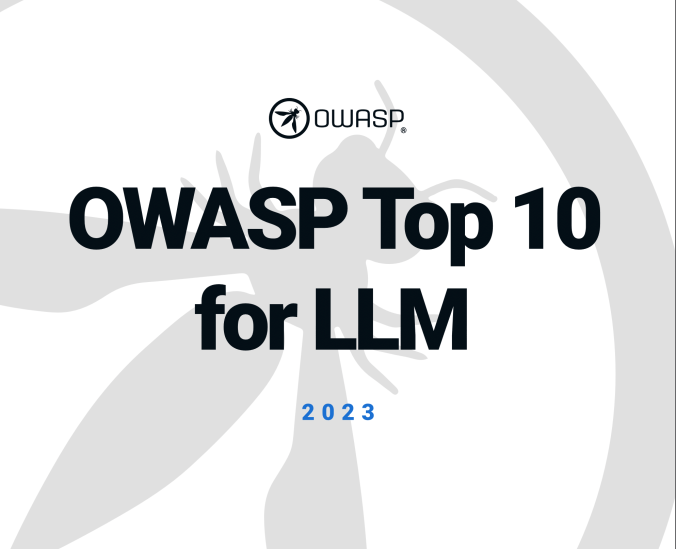What’s in a name: Next-Gen SIEM or Improved EDR?
Introduction
While I’ve been busy in the world of Large Language Models (LLMs) lately, a topic I have had on my mind for some time is the “semantics” of Extended Detection and Response (XDR). Just a year ago, the cybersecurity community was abuzz with discussions about XDR’s role in the industry.
Recently, however, XDR appears to have slipped from the limelight (now the trend is CISO-as-a-Service and vCISO), which I find regrettable. XDR, for me, represents a combination of EDR, NDR, IDR, augmented by SOAR.
Robin Long’s LinkedIn poll sparked a debate – “SIEM or XDR?”
This prompted me to delve deeper into what exactly XDR is. In this article, we’ll explore XDR’s potential, its relation to SIEM, and its role as an advanced EDR solution.
The XDR Conundrum
A perspective on XDR is positioning it as an enhanced and integrated EDR solution. In this context, XDR could serve also as a something that “collect and analysises security events”. Well that is dangerously close to SIEM. There are also SIEMless XDRs, leveraging its capabilities for improved detection.
At this point I’ll repropose the answer I gave to the “SIEM or XDR?” question paraphrasing Shakespeare: “What’s in a name? That which we call a SIEM, by any other word would detect as sweet”.
Another view of XDR is the amalgamation of EDR, NDR, and IDR, potentially mixed with SOAR or playbooks. Some vendors have pursued this unified approach, akin to a Unified Threat Management (UTM) solution (Unified Detection & Response would be a cool name too).
Gartner’s Insights
To shed light on the matter, Gartner provides a concise definition of XDR as “a platform that integrates, correlates and contextualizes data and alerts from multiple security prevention, detection and response components. XDR is a cloud-delivered technology comprising multiple point solutions and advanced analytics to correlate alerts from multiple sources into incidents from weaker individual signals to create more accurate detections.”
Unraveling XDR Components
Breaking down Gartner’s definition, we can extract the following key elements:
- XDR as a SIEM: With its ability to correlate data and alerts from multiple security components, XDR can be seen as a SIEM with a cooler name
- Enhanced/Integrated EDR: XDR’s integration and contextualization of data and alerts from prevention, detection, and response components present an improved and integrated EDR solution, ideally integrating with threat intelligence solutions.
- Cloud-Delivered Technology: XDR’s cloud delivery model adds scalability and flexibility to the solution, similar to SIEM-as-a-Service.
Closing Thoughts
Although XDR’s definition doesn’t explicitly mention SOAR, I think it should be considered, especially if we aim to want to go SIEMless.
In conclusion, let’s revisit the XDR equation as EDR + NDR + IDR + SOAR, with a touch of Threat Intelligence.
Despite XDR no longer being perceived as the bleeding-edge solution, two key factors make it worthwhile in my book. First, its potential to simplify deployment, usage, and maintenance by centralizing detection within a single enriched platform. Second, the ability to reduce entropy and enhance incident management through enriched and correlated events, leading to better triage, prioritization, and overall efficiency.
While the discussion may have left SIEM unexplored (given its longstanding presence in the field), we now should have a clearer understanding of XDR and its potential in the evolving cybersecurity landscape.



Recent Comments